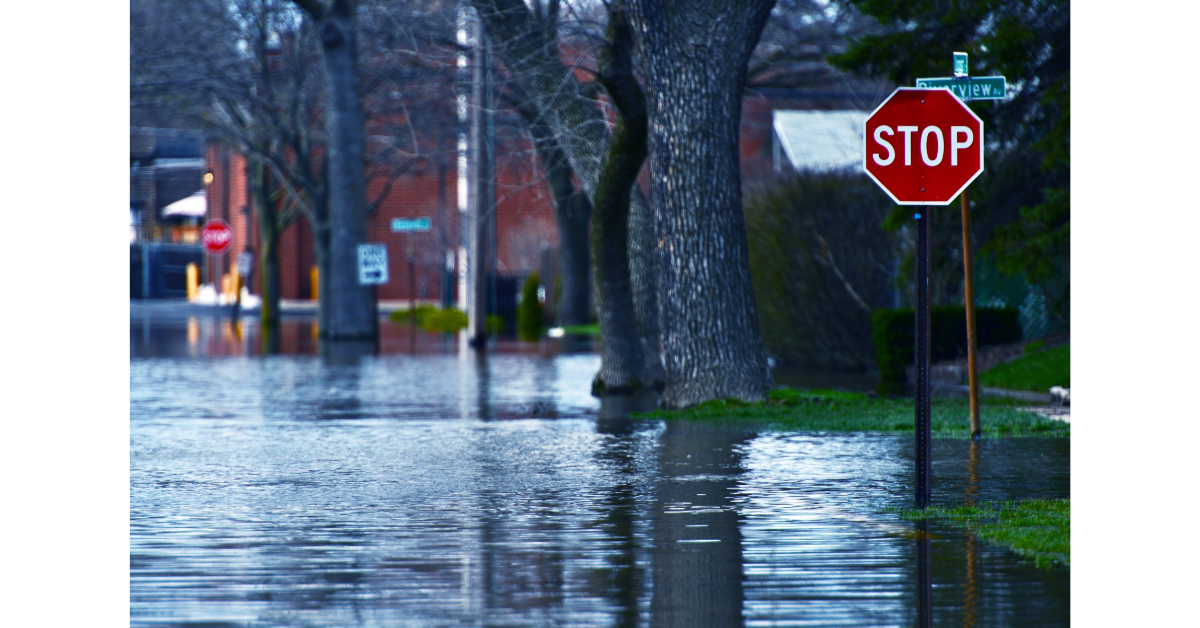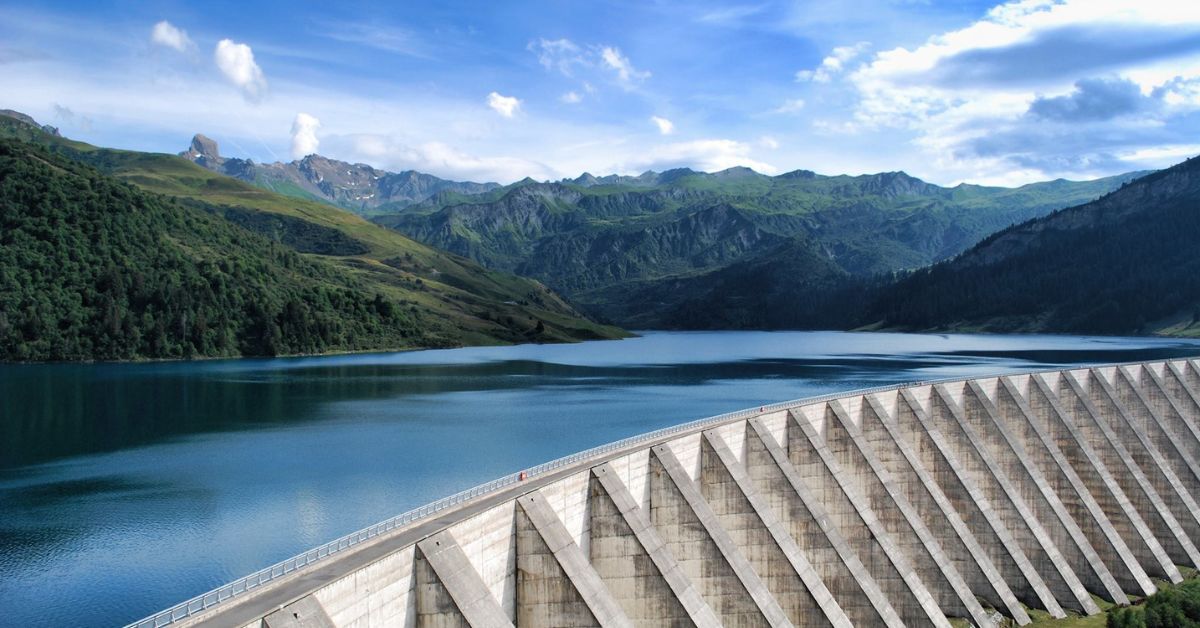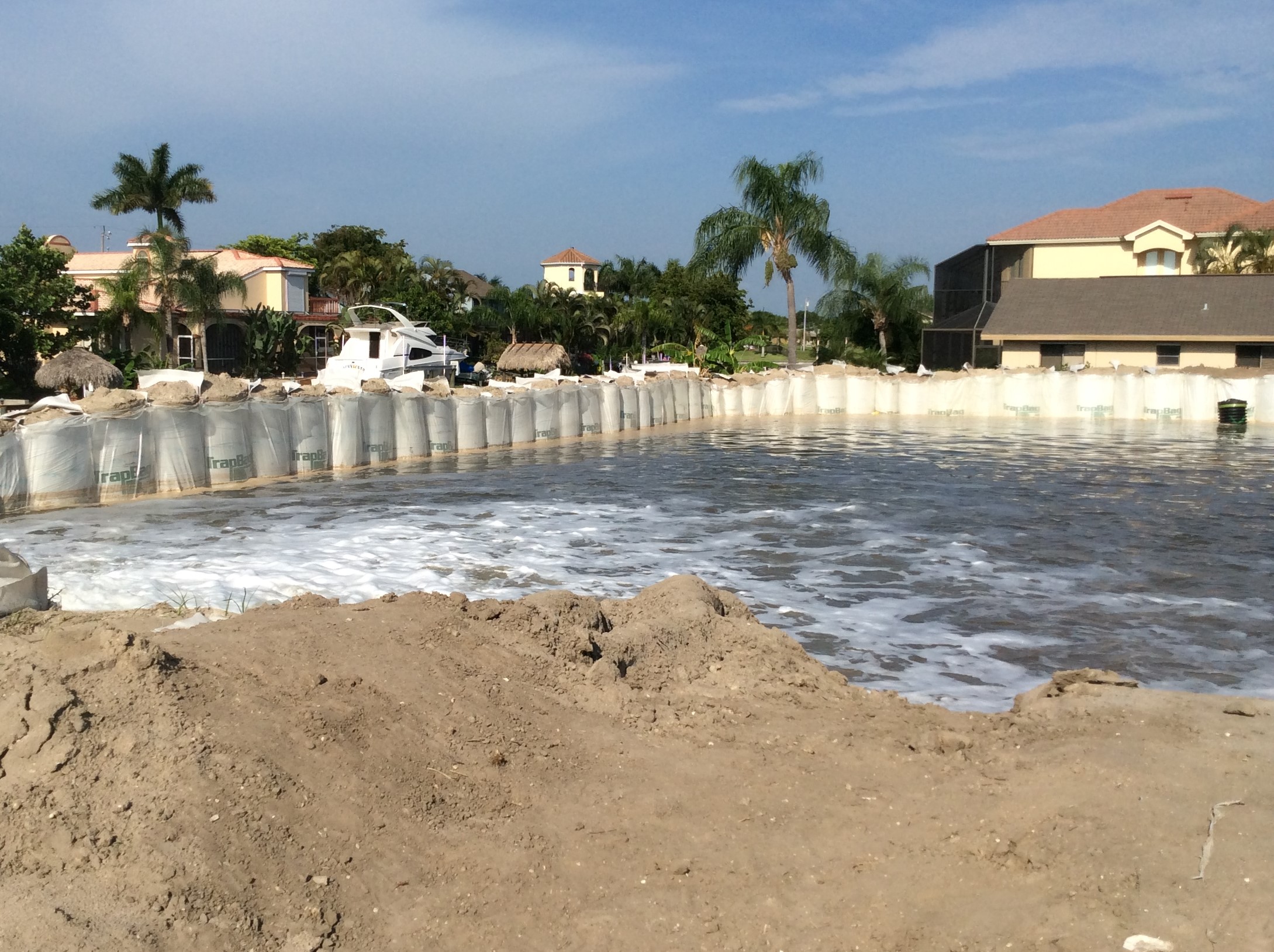In a world where climate change is contributing to more frequent and intense weather events, the need for effective flood control methods has never been more critical. Finding the right flood control methods is key to safeguarding people, property, and ecosystems. In this blog, we’ll explore the many different types of flood control methods, to help you make more informed decisions.
Traditional Flood Control Methods
 Dams
Dams
One of the most easily recognizable flood control structures, dams are designed to regulate water flow, store excess water during heavy rainfall, and release it gradually to prevent downstream flooding. While dams are effective, their construction can have environmental and social implications, including alterations to ecosystems and displacement of communities.
Flood Walls
Flood walls and seawalls act as strong physical barriers to prevent water from inundating vulnerable areas. Permanent flood walls are typically made of concrete or steel, and they are strategically placed along riverbanks or coastlines. While effective, some permanent flood walls can be expensive to install, and aesthetics and community integration must be considered.
Dredging
Dredging involves the removal of sediment and debris from bodies of water to increase their capacity and improve drainage. It may bring up pollution, fallen trees and branches, and well as sediment from the land that has been washed into the water as a consequence of erosion. This flood mitigation technique must be done with care to avoid disrupting the local ecosystem.
Levees
Levees are embankments built along riverbanks to contain floodwaters and prevent them from spilling into adjacent areas. Many rivers have natural levees that are created when sediment is washed up onto the shoreline, especially during times of heavy rainfall and flooding. They can be created with soil or deployable flood barriers as a short-term or long-term way to control floods.
Floodplains
Floodplains are natural areas adjacent to rivers that absorb excess water during floods. Preserving and restoring floodplains can be an effective approach, allowing them to act as buffers against floodwaters. However, urban development can sometimes make managing natural floodplains a challenge. Maintaining effective zoning is critical to preserving flood plains and preventing flooding from impacting heavily occupied areas.
Modern Flood Control Methods
Flood Sensors
There are a wide range of flood sensors available and new ones are always entering the market. Modern flood sensors are able to provide real time data on water levels that can be monitored from a computer at any location. They can be a significant benefit to your community since your staff doesn’t always have to go to each potential flooding location to check on the situation in order to have a good idea of the water level. While flood sensors can’t totally replace human oversight, they can be a valuable part of the toolbox.
Green Infrastructure
Green infrastructure involves using natural elements like vegetation, permeable surfaces, and green roofs to absorb and manage stormwater. This sustainable approach not only mitigates flooding but also contributes to environmental conservation and community aesthetics. It has become increasingly popular as people look for flood control methods that are environmentally friendly and improve the look of their communities.
Fast-Deployable Flood Barriers
Fast deployable flood barriers offer a flexible and rapid response to emerging flood threats. These portable barriers can be quickly set up in vulnerable areas, providing a temporary defense against rising waters. Their versatility makes them valuable tools in emergency situations. There are a number of quick-deploy flooding solutions available, and the right one for your community will be strong, affordable, and easy for even a small team to deploy in an emergency.
Early Warning Systems
Early warning systems utilize advanced forecasting and communication technologies to provide timely alerts about impending floods. These systems empower communities to take proactive measures, such as evacuation and securing property, to minimize the potential for loss and damage.
Flood Resistant Architecture
Incorporating flood-resistant design principles into buildings and infrastructure can mitigate the impact of flooding. Elevated structures, waterproof materials, and proper drainage systems contribute to making communities more resilient to floods.
Choosing the Right Flood Control Method
TrapBags are an effective and affordable flood control method that can be quickly deployed to help a community protect against a flooding scenario. They are made from high-strength materials and engineered in a pentagon-shaped structure that allows them to serve as effective seawalls, levees, dams, and even barriers against mudslides.
TrapBags are more efficient than sandbags, and a small team using heavy equipment such as a front-end loader can create a strong TrapBag barrier within just a few hours. They have been used to protect against erosion in the wake of hurricanes, stabilize riverbanks, and create permanent seawalls using concrete.
Get a Free Quote on TrapBags
Reach out to the staff at TrapBag today to get a free quote on an effective flood barrier for your community.


 Dams
Dams
